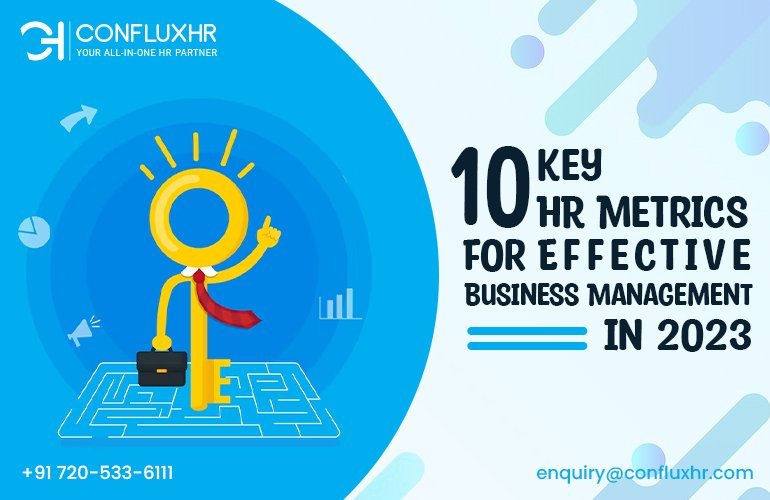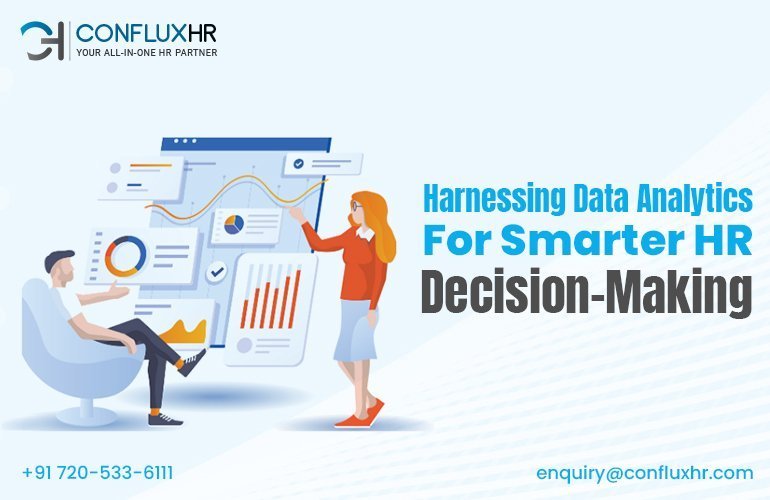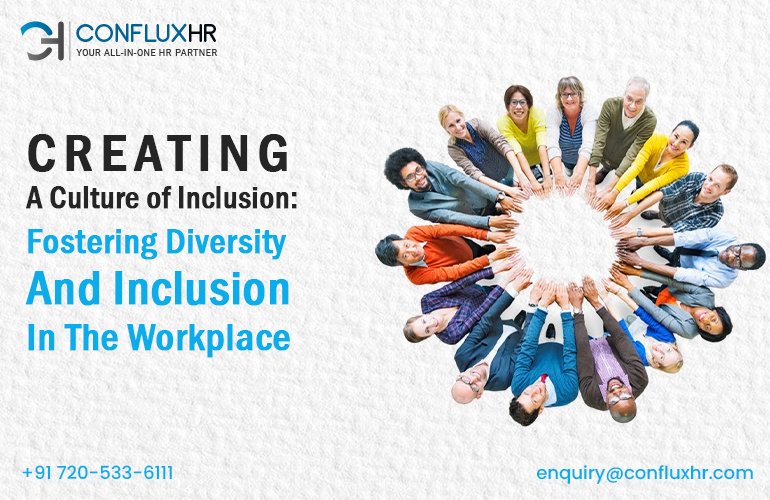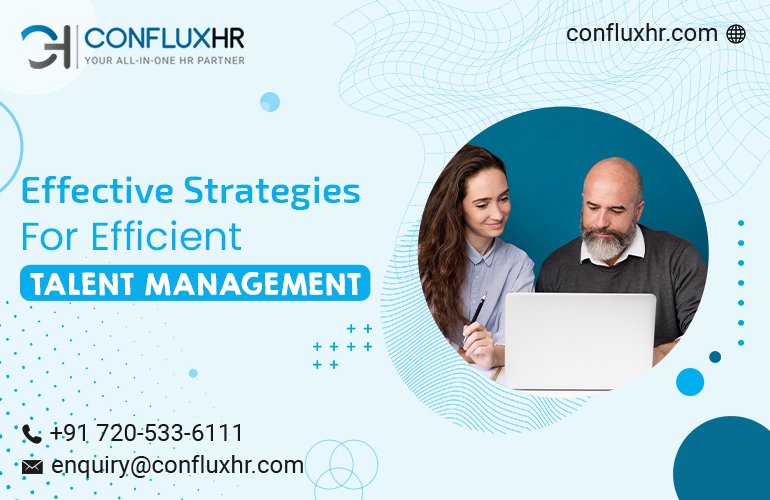In today’s fast-paced business landscape, staying ahead of the competition requires organizations to be future-ready in every aspect, including talent acquisition.
The ability to attract, assess, and hire top talent is crucial for success, and that’s where ConfluxHR comes into the picture.
In this article, we will delve into ten emerging trends in talent acquisition that are shaping the Future of recruitment and how ConfluxHR empowers organizations to stay ahead as a future-ready organizations.
10 Talent Acquisition Trends for 2025
With the rapid advancements in technology and changing candidate expectations, traditional recruitment approaches are no longer sufficient.
As organizations strive to build high-performing teams, they need innovative strategies and tools that align with the evolving landscape of talent acquisition.
ConfluxHR, a leading HR software solution, is designed to address these challenges and help organizations embrace the Future of recruitment.
In the following sections, we will explore ten emerging trends in talent acquisition and how ConfluxHR aligns with these trends to empower organizations like yours to stay at the forefront of recruitment practices.
Let’s dive in and discover how ConfluxHR can shape the Future of talent acquisition for your organization.
1. Intelligent Applicant Tracking System (ATS)
ConfluxHR’s advanced Applicant Tracking System streamlines the entire recruitment process, from job posting to candidate selection.
With features like resume parsing, automated screening, and customized workflows, HR professionals can efficiently manage candidate pipelines and identify the best-fit talent.
2. Streamlined Candidate Screening
ConfluxHR provides powerful screening tools to help HR teams assess candidates efficiently. Recruiters can quickly filter and shortlist candidates based on specific requirements.
3. Efficient Interview Management
ConfluxHR simplifies the interview process by offering integrated interview scheduling, automated notifications, and calendar integrations.
This streamlines the coordination of interviews and ensures a smooth and organized candidate experience.
4. Collaborative Evaluation and Feedback
ConfluxHR enables multiple stakeholders to provide feedback and ratings on candidates, facilitating collaborative decision-making. This feature streamlines the evaluation process and ensures a comprehensive assessment of each candidate.
5. Effective Communication Channels
ConfluxHR provides a centralized bulletin board for communication with all employees, enabling HR teams to send personalized notices. Timely and transparent communication enhances the candidate experience.
6. Skill and Competency Assessments
ConfluxHR offers skill and competency assessment tools that help organizations evaluate candidates’ abilities accurately. HR teams can create customized assessments to gauge technical skills, soft skills, and job-specific competencies.
7. Data-Driven Decision-Making
With ConfluxHR’s robust reporting and analytics capabilities, HR professionals can gain actionable insights into recruitment metrics. Data-driven decision-making enhances the efficiency and effectiveness of talent acquisition strategies.
8. Enhanced Candidate Experience
ConfluxHR prioritizes delivering a positive candidate experience throughout the recruitment process.
By streamlining application processes, providing timely feedback, and offering a user-friendly interface, organizations using ConfluxHR create a candidate-centric journey.
9. Customizable Recruitment Workflows
ConfluxHR allows organizations to tailor recruitment workflows to align with their unique processes and requirements. This flexibility ensures that the recruitment process is optimized and meets specific organizational needs.
10. Future-Ready Talent Acquisition
ConfluxHR embraces emerging trends in talent acquisition and is continuously evolving to meet the evolving needs of HR professionals.
By leveraging advanced technologies and innovative features, ConfluxHR empowers organizations to stay ahead in the competitive talent market.
Conclusion
The Future of talent acquisition lies in embracing innovative strategies and leveraging technology to attract, assess, and hire the best-fit talent.
With ConfluxHR’s intelligent ATS, streamlined screening process, efficient interview management, and data-driven decision-making capabilities, organizations can transform their recruitment efforts.
Stay ahead of the curve, embrace the emerging trends in talent acquisition, and achieve success in building a high-performing workforce with ConfluxHR.











